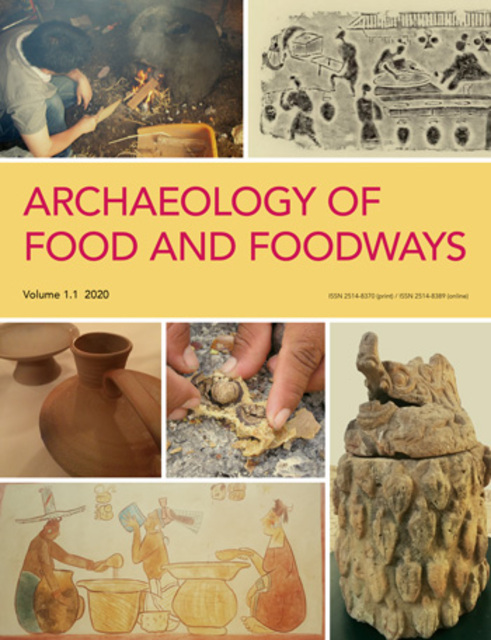AFF/Experimental Recreation of 16th Century Wine: Palynological and Enological Characteristics

Full description
This project recreated 16th century wine following Charles Estienne’s recipe in L’agriculture et Maison Rustique (1570). The primary goal was to better understand enology from this period, through scientific analysis of wine made in a historical manner. The resulting wine had an ABV of 9.74%, 216.7 kcal per 12 fl. oz., and a pH of 3.8, with volatile aromas common in modern young white wine. A secondary goal was to compare pollen profiles from the wine and the vineyard from which the wine was produced. The wine contained Vitis as a major pollen type, unlike sedimentary samples from the vineyard. Together, we conclude that a wine produced in a traditional manner may be enologically compared to modern wines, and that the palynological characteristics will include Vitis but may not reflect vineyard conditions. The implications for the archaeological record as well as our understanding of 16th century European wine traditions are discussed.
- typeImage
- created on
- file formatjpg
- file size85 KB
- container titleArchaeology of Food and Foodways
- creatorCrystal A. Dozier; Grace E. Tsai
- issn2514-8389 (Online)
- issue1.1
- publisherEquinox Publishing Ltd.
- publisher placeSheffield, United Kingdom
- rights holderEquinox Publishing Ltd.
- doi
We use cookies to analyze our traffic. Please decide if you are willing to accept cookies from our website. You can change this setting anytime in Privacy Settings.
